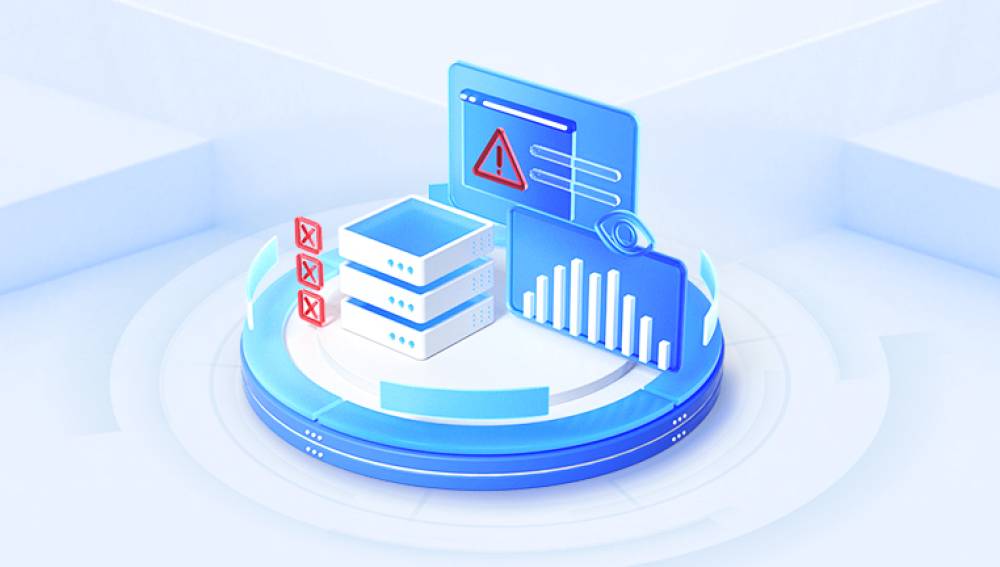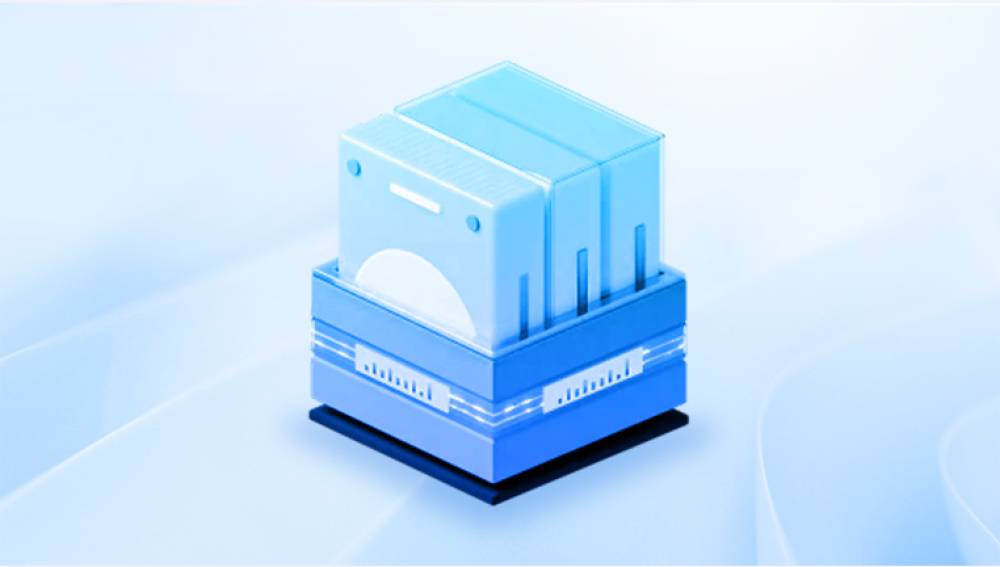Solid - State Drives (SSDs) have become increasingly popular in recent years due to their faster read and write speeds, lower power consumption, and greater durability compared to traditional hard disk drives (HDDs). However, like any storage device, SSDs are not immune to data loss. Data loss on an SSD can occur due to a variety of reasons, such as accidental deletion, formatting, hardware failure, firmware corruption, or virus attacks.
How SSDs Work
SSDs use flash memory chips to store data. Unlike HDDs, which have moving parts (such as spinning disks and read - write heads), SSDs have no moving components. Data is stored in NAND flash memory cells, which are organized into blocks and pages. When data is written to an SSD, it is first erased from a block, and then the new data is written to an available page within that block.

Wear - Leveling
One of the key features of SSDs is wear - leveling. Since flash memory cells have a limited number of write - erase cycles (typically in the range of 10.000 to 100.000 cycles depending on the type of NAND flash), wear - leveling algorithms are used to distribute write operations evenly across all the blocks in the SSD. This helps to extend the lifespan of the drive by preventing any single block from being over - written and wearing out prematurely.
Trim Command
The Trim command is another important aspect of SSD operation. When a file is deleted on an SSD, the operating system sends a Trim command to the drive. This command tells the SSD which blocks of data are no longer in use and can be erased in advance, making it faster to write new data to those blocks in the future. However, the Trim command can also pose challenges for data recovery, as it effectively erases the data from the drive immediately.
Reasons for Data Loss on SSDs
Accidental Deletion
Users may accidentally delete files or entire partitions on their SSDs. This can happen due to human error, such as misclicking during file management operations or using incorrect commands in the terminal.
Formatting
Formatting an SSD, either intentionally or accidentally, erases all the data on the drive. This can be a problem if the user did not have a proper backup. There are different types of formatting, such as quick format and full format. A quick format only erases the file system table, while a full format also overwrites the data on the drive, although modern SSDs may use techniques that make full format less effective in completely destroying data.
Hardware Failure
SSDs can experience hardware failures, such as controller chip failures, power supply issues, or problems with the NAND flash memory chips themselves. A failing controller may cause the drive to become unreadable, while bad NAND flash cells can lead to data corruption or loss.
Firmware Corruption
Firmware is the software that controls the operation of the SSD. If the firmware becomes corrupted, it can cause the drive to malfunction. This can happen during a firmware update if the process is interrupted, or due to a bug in the firmware itself.
Virus and Malware Attacks
Viruses and malware can infect an SSD and cause data loss. They may delete files, encrypt data (ransomware), or corrupt the file system, making it difficult or impossible to access the data.
Data Recovery Methods for SSDs
Using Data Recovery Software
How it Works
Data recovery software typically works by scanning the SSD for file system structures and looking for signs of deleted or lost files. When a file is deleted, the file system usually marks the space occupied by the file as available for reuse, but the actual data may still be present on the drive until it is overwritten.
For example, software like Recuva, EaseUS Data Recovery Wizard, and Disk Drill can be used to recover data from SSDs. These tools first analyze the file system metadata, such as the Master Boot Record (MBR) or the GUID Partition Table (GPT) for modern systems. They then attempt to reconstruct the file structures based on the remaining metadata and locate the actual data blocks associated with the files.
Limitations
If the SSD has been severely damaged or if the data has been overwritten, data recovery software may not be able to retrieve the lost files. Additionally, if the Trim command has been executed on the deleted files, the data recovery software may not be able to find the data as the blocks have been erased.
Professional Data Recovery Services
When to Consider
Professional data recovery services should be considered when the data is extremely valuable and cannot be lost, and when data recovery software has failed. For example, in a business setting where important financial records, customer data, or intellectual property are stored on the SSD, professional help may be the only option.
The Process
Professional data recovery companies have specialized equipment and expertise. They often work in clean rooms to prevent further damage to the SSD. In the case of hardware failures, they may replace faulty components, such as the controller chip. For firmware - related issues, they may have the ability to reverse - engineer or repair the firmware.
They use advanced techniques to read the raw data from the NAND flash memory chips, bypassing the normal drive interface if necessary. This process can be time - consuming and expensive, but it offers a higher chance of successful data recovery compared to using off - the - shelf software.
DIY Hardware - Level Recovery (Advanced and Risky)
Identifying the Problem
If the SSD is not being recognized by the computer, the first step is to identify the problem. It could be a problem with the SATA or NVMe interface cable, the power supply to the drive, or an issue with the drive itself. For example, if the drive makes no sound when powered on and is not detected in the BIOS, it could be a power - related problem.
Replacing Components
In some cases, if the problem is with the controller chip, and the user has the necessary skills and equipment, it may be possible to replace the controller. However, this is a very advanced and risky procedure. The new controller must be compatible with the NAND flash memory chips in the SSD, and any mistakes during the replacement process can further damage the drive.
Another option is to try to access the NAND flash memory chips directly. This involves desoldering the chips from the SSD circuit board and using a specialized NAND flash programmer to read the data. This method requires a high level of technical expertise and the right equipment, and there is a significant risk of damaging the chips during the desoldering process.
Precautions Before Attempting Data Recovery
Stop Using the SSD
As soon as data loss is detected, it is crucial to stop using the SSD. Continuing to use the drive increases the risk of overwriting the lost data. For example, if a file has been accidentally deleted, any new write operations to the SSD, such as saving new files or installing software, may use the space that was previously occupied by the deleted file, making it impossible to recover.
Backup the Remaining Data (if possible)
If there is still some accessible data on the SSD, it is advisable to back it up to another storage device. This can be done using a data transfer cable to connect the SSD to another computer and copying the files. However, this should be done carefully to avoid further damage to the drive or loss of data.
Check the Warranty
Before attempting any DIY or professional data recovery, it is important to check the warranty of the SSD. Some manufacturers may void the warranty if the drive has been opened or tampered with. If the drive is still under warranty, it may be a good idea to contact the manufacturer first to see if they can offer any assistance with data recovery or replacement of the drive.




